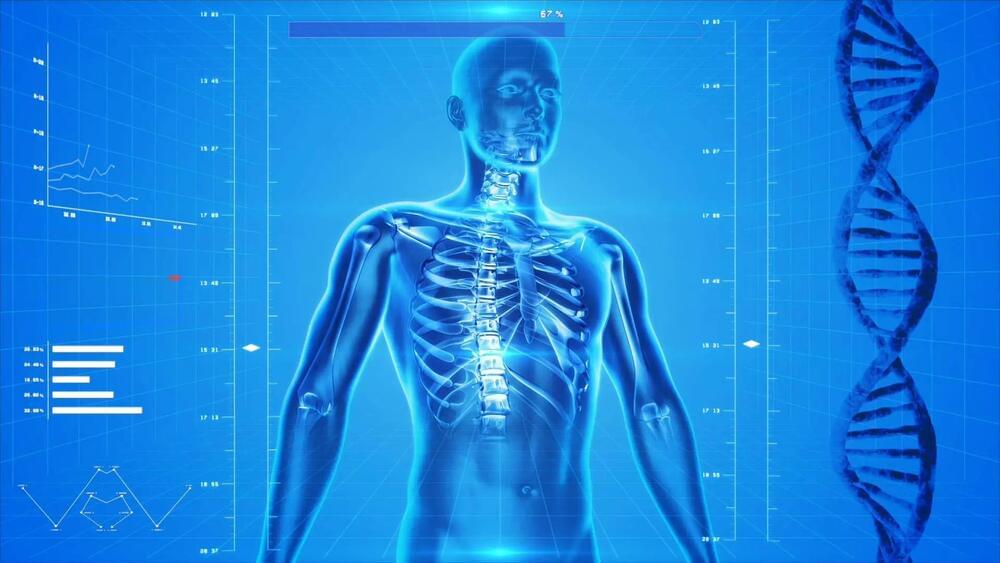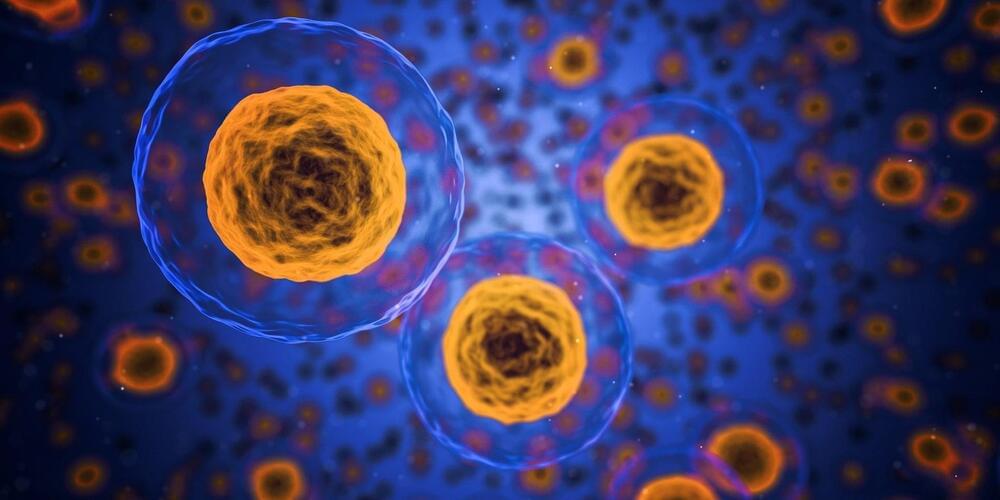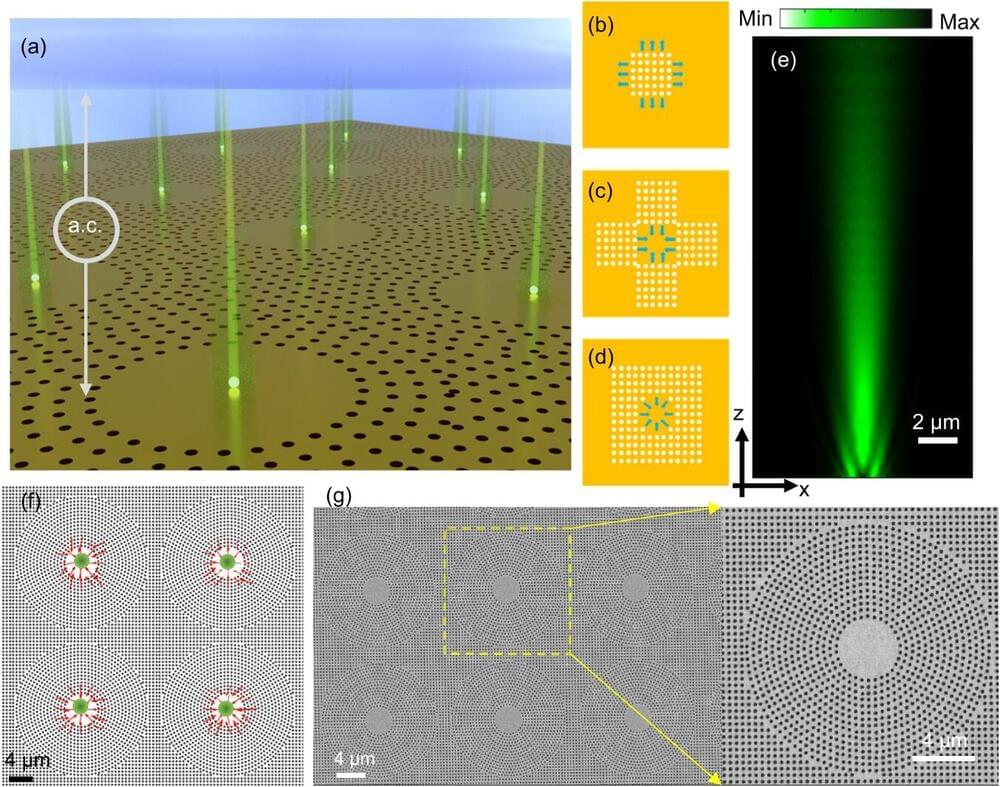UK researchers have developed a new publicly accessible database, and they hope to see it shrink over time. That’s because it is a compendium of the thousands of understudied proteins encoded by genes in the human genome, whose existence is known but whose functions are mostly not.
The database, dubbed the “unknome,” is the work of Matthew Freeman of the Dunn School of Pathology, University of Oxford.
The University of Oxford is a collegiate research university in Oxford, England that is made up of 39 constituent colleges, and a range of academic departments, which are organized into four divisions. It was established circa 1096, making it the oldest university in the English-speaking world and the world’s second-oldest university in continuous operation after the University of Bologna.






